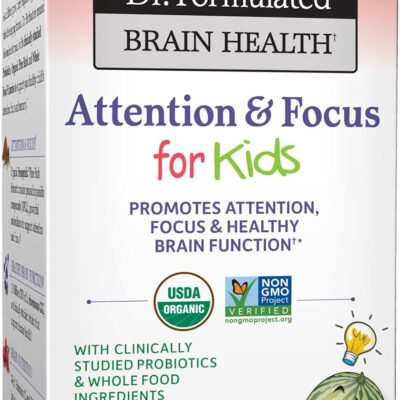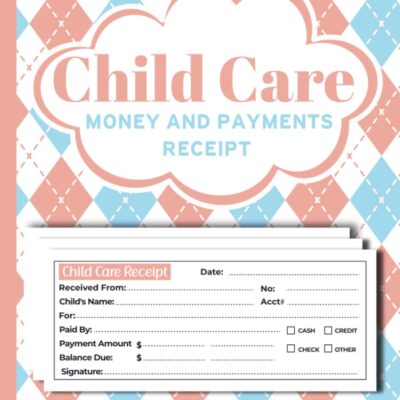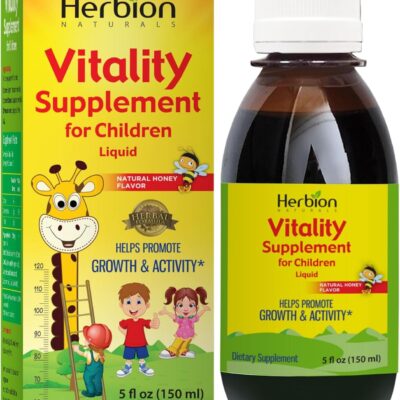
Hello here! Let’s discuss something quite crucial for our health: hidden dangers of sodium. Though it’s so much more than that, you may see sodium as simply salt. Although our bodies require a small amount of sodium to maintain normal functioning, most of us are getting far more than is recommended, which can cause some quite serious health problems.
This post will expose several simple strategies to control your salt intake and discuss the hidden risks of sodium in food.
The Problem with Too Much Sodium
What then results from excessively high sodium intake? It can first tamper with your blood pressure. Your body often hangs onto water to balance things out especially when you consume a lot of sodium This extra water increases your blood volume, hence your heart has to pump more. This over-time high blood pressure raises your risk for strokes and heart disease. Nice!
That is not all, though. Our kidneys fight hard to eliminate extra sodium, which, when overburdened, can cause renal issues. If your kidneys are struggling, your body may be unable to remove waste properly, which is unsuitable for your health.
Also, did you know that high sodium intake can affect your bones? Too much sodium can cause your body to lose calcium through urine, weakening bones. This is particularly concerning for those who are at risk for osteoporosis, a condition that makes bones brittle and more likely to fracture.
Why You May Be Consuming More Sodium Than You Think
You might be wondering, “But I don’t add salt to my food!” Here’s the kicker: most hidden dangers of sodium in our diets comes from processed and packaged foods. Could you be amazed to find how much sodium sneaks in your favored food sources and tidbits?
For example, bread and rolls for the most part have surprisingly sodium. Indeed, even evidently harmless toppings like soy sauce and ketchup have serious areas of strength for a taste. Also canned soups, which can be loaded down with sodium — even
those sold under the name of wellbeing! Fast food and deli meats rank among the biggest culprits of salt overload.
The main lesson is that, even with careful care on adding salt to your meals, you could be ingesting significantly more sodium than you think. Like a clever crook hiding in your food!
Long-Term Health Risks
So, what are the long-term effects of all this hidden dangers of sodium sneaking into your diet? Let’s break it down.
First off, high sodium intake is linked heart problems and strokes are more likely to happen. You’re putting yourself in danger by making your heart work harder and raising your blood pressure. According to experts, cutting back on sodium—even just a little—can significantly impact your heart health.
Next up is kidney damage. At the point when your kidneys need to sift through all the overabundance sodium, they can become exhausted and less compelling. This can prompt serious constant kidney sickness. Your kidneys are vital in keeping your body sound; we would rather not risk that!
Also, how about we recall your bones. A lot of sodium can prompt calcium misfortune, debilitating your bones over the long haul. For those in danger of osteoporosis, it’s fundamental to be aware of sodium consumption. For those at risk of osteoporosis, it’s essential to be mindful of sodium intake.
How to Lower Sodium Intake
How might we manage this salt issue since it has become so obvious how risky it is? Simply sit back and relax; it’s simpler than you could naturally suspect! Here are a few basic hints to assist you with lessening your sodium consumption:
To begin with, start perusing food names. Most bundled food varieties will list their sodium content right on the name, so try to check it before you purchase. Go for the gold “low sodium” or “no additional salt.” Along these lines, you’ll know precisely exact thing you’re getting.
One more extraordinary method for bringing sodium admission is down to prepare more dinners at home. At the point when you prepare your dishes, you control what goes into them. Rather than depending on pre-bundled sauces or flavors, take a stab at utilizing new fixings like spices, flavors, lemon juice, or vinegar to add flavor. Your palate (and overall health) will be greatly appreciative.
Picking new fixings over handled ones is likewise significant. New organic products, veggies, and lean proteins are normally low in sodium. Assuming you purchase canned or frozen things, search for those that say “no salt added” or “low sodium” on the mark. This little change can have a major effect in your general sodium consumption.
Signs You’re Consuming Too Much Sodium
How can you say whether you’re getting carried away on sodium? There are a couple of signs to pay special attention to. Assuming you feel swelled or puffy, that could be an indication that your body is holding an excess of water because of high sodium levels. Continuous thirst is another piece of information — on the off chance that you’re continuously going after a beverage, sodium may be at fault.
Enlarging in your grasp and feet can
likewise exhibit a high sodium intake. Additionally, it is evident that conventional circulatory strain assessments can aid in monitoring your levels. If your circulatory strain is increasing, it may be a good time to reconsider your sodium intake.
Conclusion
There you have it! Hidden dangers of sodium is an important element, but too much of it can be very bad for your health. To keep your salt levels in check and protect your health, you should pay attention to what you eat and make small changes.
Make sure to understand names, cook more at home, and pick new fixings whenever the situation allows. In the event that you’re encountering any indications of high sodium consumption, it’s generally smart to converse with a medical services supplier.
Dealing with your sodium consumption doesn’t need to overpower.
Tasty dinners can be enjoyed without the hidden risks of sodium with just a little mindfulness and a few simple adjustments. Wishing you a more improved version of yourself!
If you want to learn my #1 Vitamatic Sodium Chloride 1000mg, 365 Tablets, Click Here Now.





